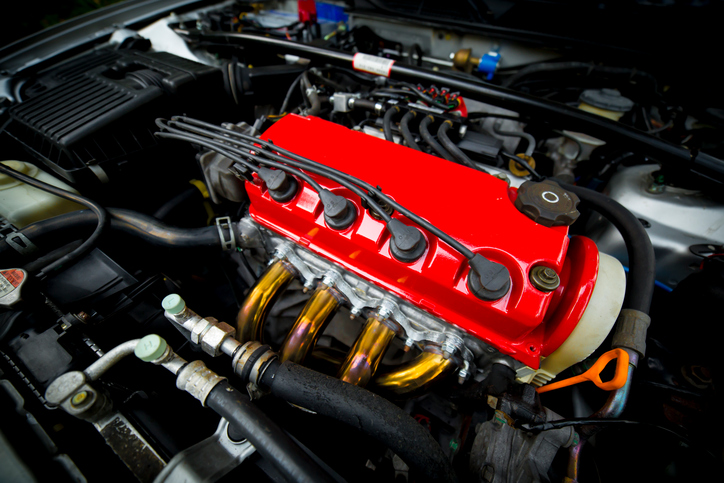Can You Use Car Paint on Engine Parts?
While car paint and engine paint are both types of paint, they are not interchangeable. Car paint is designed to be flexible and withstand the elements, while engine paint is designed to withstand high temperatures and harsh chemicals.
If you try to use car paint on engine parts, it is likely to peel or blister within a short period of time. This is because car paint is not able to withstand the high temperatures that engine parts are exposed to.
In addition, car paint is not resistant to the harsh chemicals that are found in engine oil and coolant. These chemicals can cause the paint to break down and fail.
When to Use Engine Paint
Engine paint is the best choice for painting engine parts. It is designed to withstand the high temperatures and harsh chemicals that are found in the engine compartment.
Engine paint is available in a variety of colors and finishes. You can choose a color that matches the rest of your engine or a finish that gives your engine a custom look.
How to Apply Engine Paint
Before applying engine paint, it is important to clean the surface of the engine part that you are painting. This will help to ensure that the paint adheres properly.
Once the surface is clean, you can apply the engine paint using a brush or spray gun. Be sure to apply the paint in thin, even coats.
Allow the paint to dry completely before starting your engine. This will help to prevent the paint from peeling or blistering.
Conclusion
While car paint and engine paint are both types of paint, they are not interchangeable. Car paint is not able to withstand the high temperatures and harsh chemicals that are found in the engine compartment. If you try to use car paint on engine parts, it is likely to peel or blister within a short period of time.
Engine paint is the best choice for painting engine parts. It is designed to withstand the high temperatures and harsh chemicals that are found in the engine compartment.





